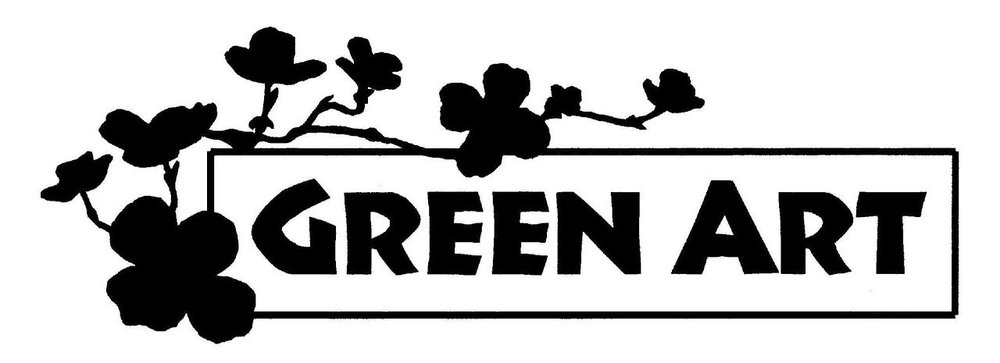Thomas Berger offers both artistic and technical advice on the placement of art work in the private garden or public spaces.
When selecting and placing art for outdoor spaces, many aspects have to be taken into consideration: the relationship to buildings and landscape elements, the flow of pathways, view axis and the appearance of a sculpture from important view points.
Styles of buildings and gardens do not have to be matched by the art work. They can be complementing each other in different ways, even contrasting, as proven by many works of modern art placed near historic buildings. The background should show off the art work without being distracting. Sculpture and background stand in a relationship with each other that in the ideal case will enrich both.
Art work has to be safe and solid. Placing large stone sculptures requires a base that does not give in to the heavy weight of the piece. One cubic foot of granite weighs 170 pounds - the weight accumulates quickly in large stone sculptures. Many of my larger pieces weigh thousands of pounds and therefore demand special arrangements for supporting and anchoring the work.
Metal sculpture is often secured in a different way, requiring the use of deeply anchored concrete tubes to fasten the art work. Compared to stone, sculptures made from sheet metal in particular are feather-weights! A 2-ft. wide cube made of 1/8-inch thick stainless steel sheets would weigh approximately 120 pounds. The same shape made from granite would weigh at an impressive 1360 pounds.
For placement of sculpture also consider accessibility of the location and potential costs for equipment needed to move and position the artwork.
